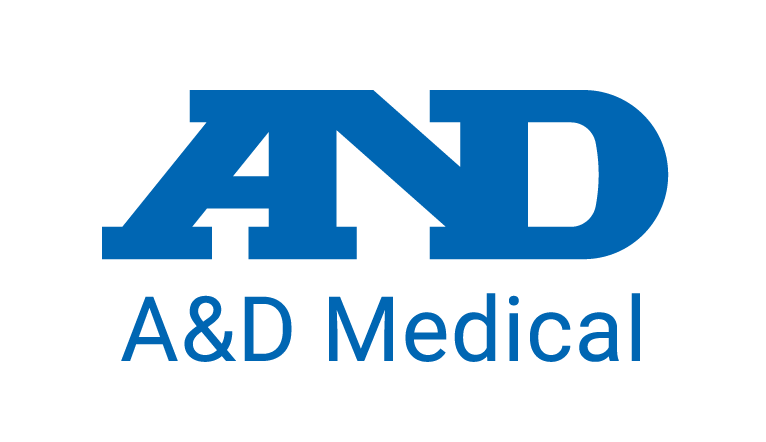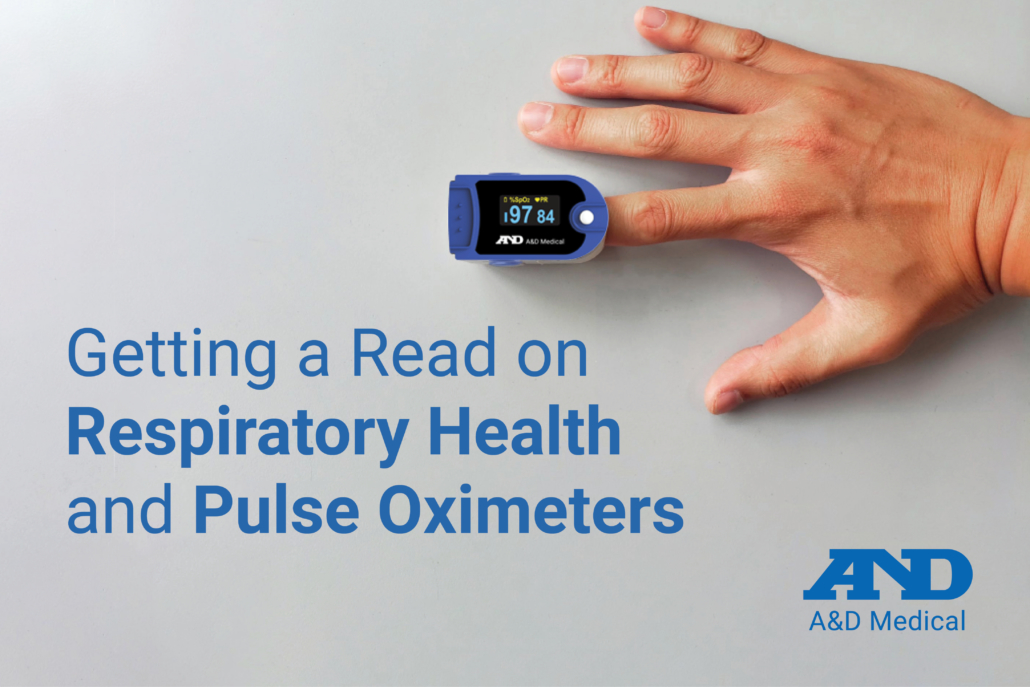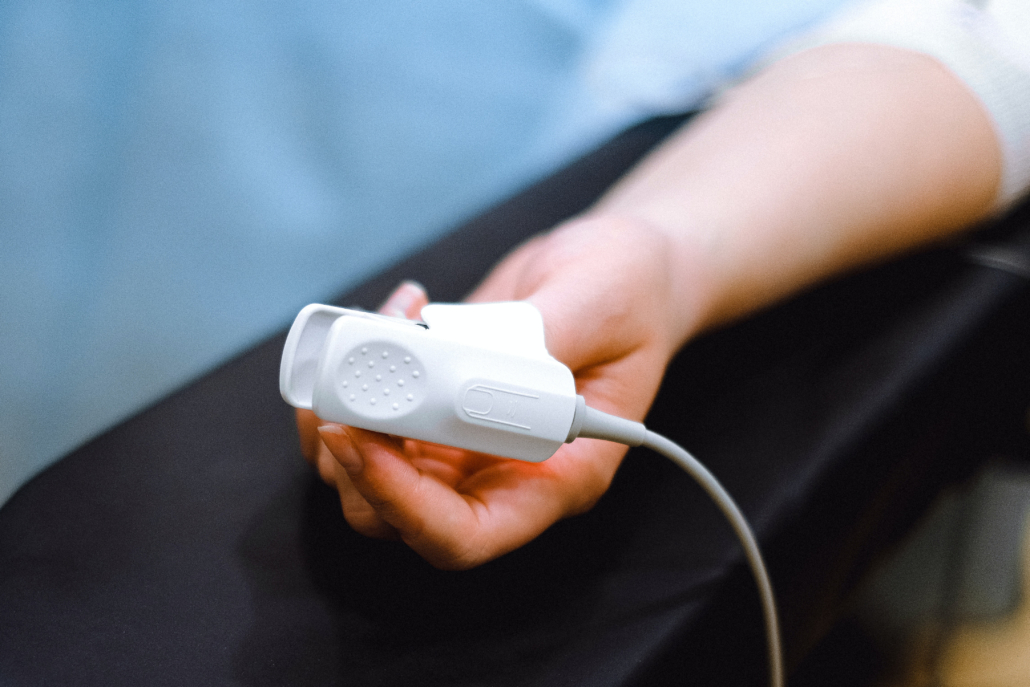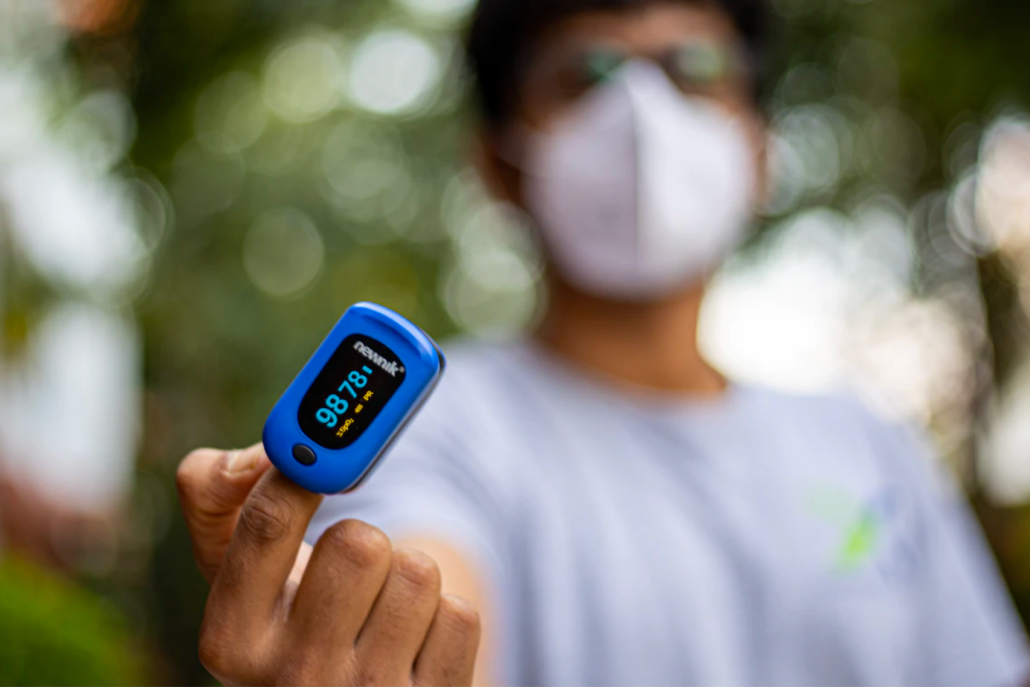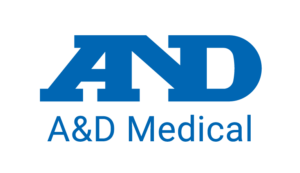Getting a Read on Respiratory Health and Pulse Oximeters
This past year has brought with it many lessons. One that may have escaped your notice is the importance of monitoring respiratory health. If that string of words doesn’t ring any bells, just take a deep breath, inhale, exhale, and keep reading.
Good news! Assuming you were able to accomplish that simple task, your respiratory health is in pretty good shape. Respiratory health, or lung health, was at the center of discussions surrounding COVID-19, but beyond the pandemic how much do you know about lung health and how it’s measured? Well, that’s a complicated question, but one of the tools used is the pulse oximeter.
What’s a pulse oximeter?
This tool that’s common place in hospitals and clinical settings is still a bit mystifying to most of us. So, what is it? Well, aside from the finger clippie thing (that’s a technical term) they put on you at the hospital – it’s an electronic device that measures the oxygen saturation levels in your blood cells. It performs this task quickly and without using needles or taking a blood sample, allowing for oxygen levels to be monitored in real-time.
Fun fact – pulse oximeters are usually attached to your fingers, but can also be attached to the forehead, foot, ears, toes, or even your nose. Let that be a reminder to be kind to your medical staff.
Getting a reading
When it comes to understanding the numbers in a pulse oximeter reading, it’s fairly simple. Anything higher than 90% is generally satisfactory. Anything below, and you should monitor for other symptoms (such as blue lips, fingers, or nails) and, if you’re monitoring at home, contact your healthcare provider immediately.
Keep in mind that readings should also be considered with previous monitoring, to determine if there has been a significant drop.
Who are they for?
Pulse oximeters can be a helpful tool for monitoring and managing a range of respiratory health conditions. Some common situations where they are used include:
- During and after surgery for procedures that use sedation.
- Determining the efficacy of lung medications.
- Measuring a person’s stamina and ability to handle increased activity levels.
- Monitoring breathing during sleep to test for sleep apnea.
With all of its challenges, one of the silver linings of this past year is an increased awareness of the importance and value of our health. A pulse oximeter is just one of the many tools that can allow us to get a better understanding of our own health. Knowing and owning your own health is a great way to get ahead of any potential issues and ensure you enjoy a healthy life for as long as possible.
If you think you could benefit from tracking and understanding your oxygen saturation levels, speak with your doctor. They will be able to determine the best way to incorporate this medical tool into your routine for maximum benefit.
